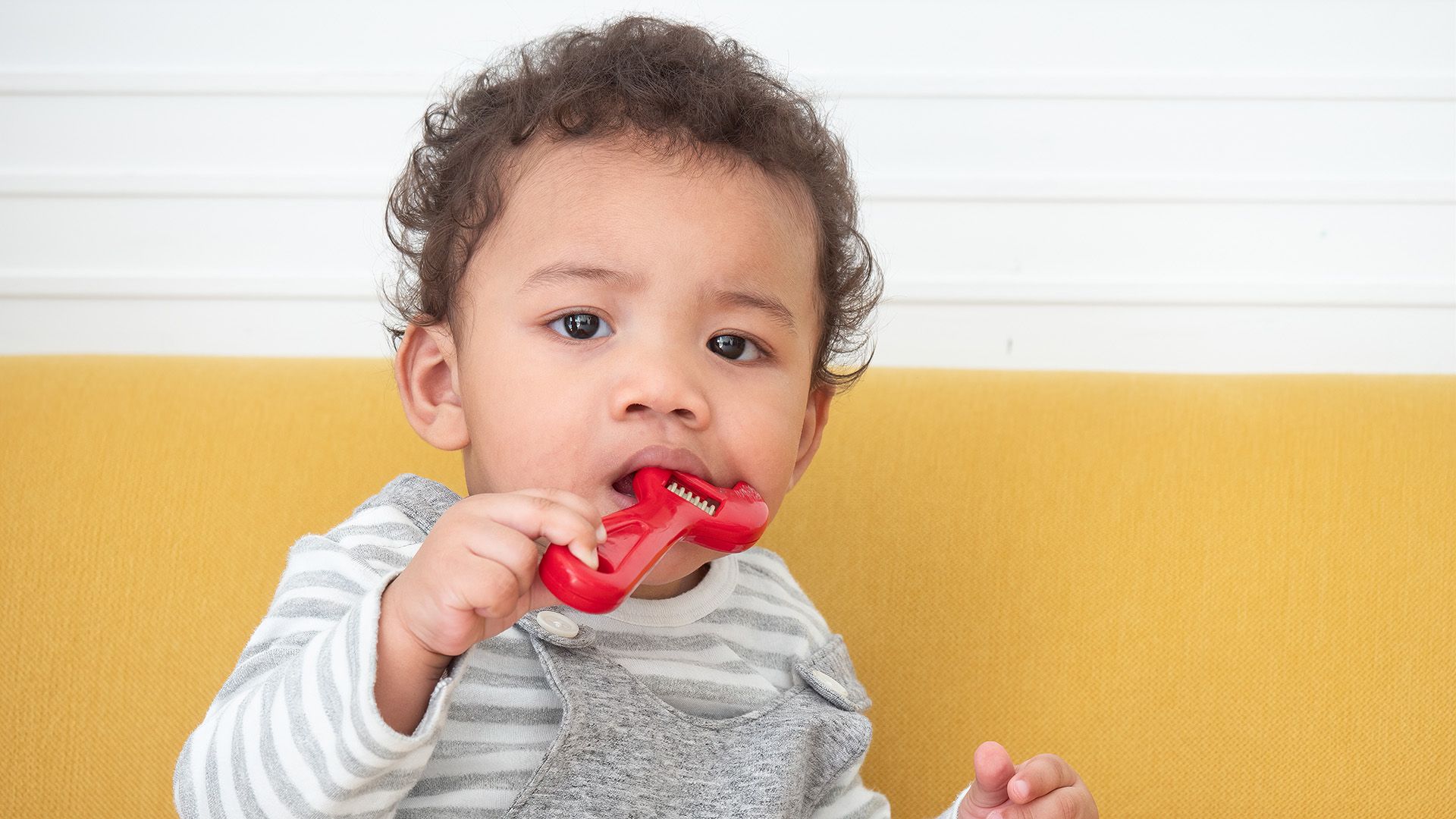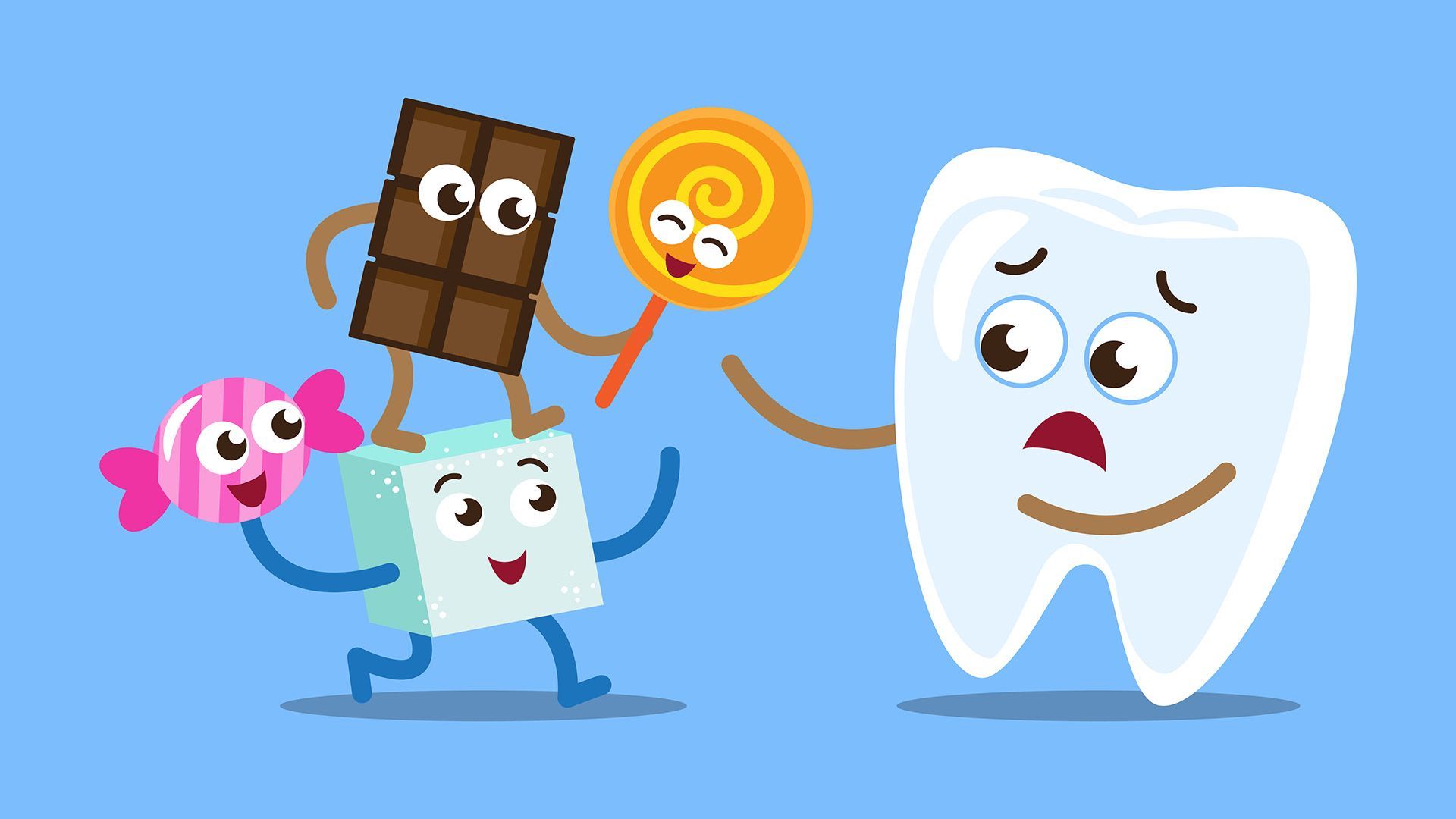Teething Hacks for Toddlers: Your Comprehensive Guide
Teething can be a challenging phase for both toddlers and their caregivers. It’s a natural part of development, but the discomfort it brings often leads to sleepless nights and irritable days. Thankfully, there are effective teething hacks for toddlers to help soothe your child's teething pain, making this period more manageable for everyone involved. This guide explores essential tips—from understanding the teething process to employing natural remedies and creating a calming environment—ensuring your child feels comforted during this significant milestone.
Teething can be a challenging phase for both toddlers and their caregivers. It’s a natural part of development, but the discomfort it brings often leads to sleepless nights and irritable days. Thankfully, there are effective teething hacks for toddlers to help soothe your child's teething pain, making this period more manageable for everyone involved. This guide explores essential tips—from understanding the teething process to employing natural remedies and creating a calming environment—ensuring your child feels comforted during this significant milestone.
Understanding the Teething Process
Teething marks a crucial step in your toddler's growth, but it can pose challenges for both you and your child. Knowing the typical signs, such as excessive drooling, irritability, biting, and disrupted sleep, can help you identify when your child is teething. Swollen gums and slight temperature increases are common, though high fevers are not typical.
The teething timeline usually starts around six months, with variations in onset and progression. By three years of age, most toddlers have all 20 primary teeth. The lower central incisors generally emerge first, followed by upper central and lateral incisors. While each child’s teething experience differs, being aware of these milestones can help you better anticipate and prepare.
Most teething discomfort can be managed at home, yet consulting a pediatrician is wise if your child experiences high fever, persistent diarrhea, or rash. Extreme discomfort or routine disruptions also warrant professional advice to ensure your toddler's well-being.
Natural Remedies for Teething Pain Relief
Alleviating teething discomfort naturally is possible with several effective teething hacks for toddlers. Offering chilled fruits like bananas, apples, or pears can soothe sore gums due to their cooling effect. Using a mesh feeder allows your child to safely enjoy these treats.
Homemade teething gels utilizing chamomile or clove oil can also provide relief. Mix a few drops of these essential oils with a carrier oil, such as coconut oil, to create a gentle gel. Always confirm the safety of these mixtures with your pediatrician before use.
Cold compresses and teething rings are practical solutions for teething pain. Refrigerate teething rings made from safe materials to achieve a numbing effect when applied to gums. Similarly, a cold washcloth can serve as a soothing chewable compress. Supervise your toddler with these remedies to ensure comfort and safety.
Crafting a Comfortable Environment for Teething
Creating a soothing environment is essential for easing teething discomfort. Establishing a calm bedtime routine can signal your toddler to wind down. Dimming lights and playing soft music, along with reading stories or singing lullabies, can help them relax before sleep.
Calming activities throughout the day are equally important. Quiet playtime with soft toys or puzzles provides distraction and fosters a peaceful atmosphere. Gentle gum massages with clean fingers can offer instant relief and comfort.
Choosing appropriate toys enhances your toddler's comfort. Opt for soft, safe teething toys that can be chilled for added relief. Toys easy for small hands to grasp encourage independent play, providing both fun and relief.
Managing Teething Challenges: Extra Tips
Managing teething effectively involves knowing when to use over-the-counter pain relief. If your toddler struggles with sleep or eating due to discomfort, consult your pediatrician about appropriate pain relievers like acetaminophen or ibuprofen. Always adhere to recommended dosages for safety.
Stay alert for signs of potential complications. While teething can cause irritability, drooling, and mild fever, persistent high fever, diarrhea, or unusual rashes may indicate other issues. Seek medical advice to rule out serious concerns.
Maintaining dental hygiene during teething is crucial. Despite discomfort, keeping your toddler's gums and emerging teeth clean is essential. Gently wiping the gums with a damp cloth removes bacteria, paving the way for healthy dental habits as they grow. Remember, employing the right teething hacks for toddlers can make a big difference in easing this transition.










